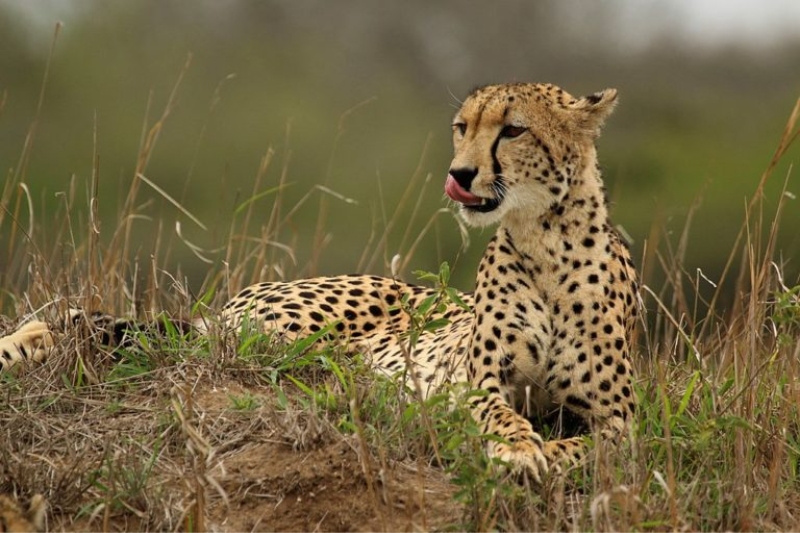Here are some of South Africa’s other endangered animals, as well as easy ways to contribute to their conservation. It’s not a difficult task in South Africa, where we have so many inspiring creatures living among us.
The International Union for Conservation of Nature (IUCN) has a list of many animals that are threatened with extinction
However, some endangered animals receive more attention than others.
There are several less obvious animals that are currently endangered in South Africa.
Rhinos are in a very vulnerable position – the western black rhino has already been declared extinct, and elephants are constantly being hunted for their ivory.
Five Endagered Animals in South Africa
1. Pickergill’s Reedfrog
At just 3cm long, the Pickersgill reed frog is one of South Africa’s most endangered amphibians. It is endemic to the KwaZulu-Natal coast, where its numbers are shockingly low and it is widespread along the coast.
Keep Reading
2. Cape vulture
Cape vultures are only found in South Africa, limiting their already dwindling numbers. But the essence of being an eagle is cleaning, and thus doing good. By eating carcasses, vultures prevent diseases from spreading through the animal kingdom.
3. Cheetah
No one can deny the grace and beauty of the world’s fastest land animal. These beauties have been the subject of countless incredible wildlife photographs, with their dark tearstains and perfectly spotted, agile bodies. Unfortunately, many farmers don’t think so, because cheetahs are smart enough to know that a sheep is a much easier catch than a fleeing antelope. Many farmers end up poisoning, shooting or trapping the guilty cheetahs.
4. African Wild dog (painted dog)
There has long existed a negative misconception around the African wild dog, or painted dog. This has led to a reduction in the population of painted dogs in South Africa to fewer than 450. One of the most brutal ways of killing wild dogs is through snaring, which unfortunately occurs with some regularity in our wildernesses.
5. Blue crane
The blue crane is South Africa’s national bird. While there are small pockets and occasional breeding pairs found in neighbouring countries, the majority of the population is found in the Western Cape. Due to their lack of peripheral vision, they are prone to colliding with power lines. Their long, dangling legs also make them vulnerable to entanglement in wires.

